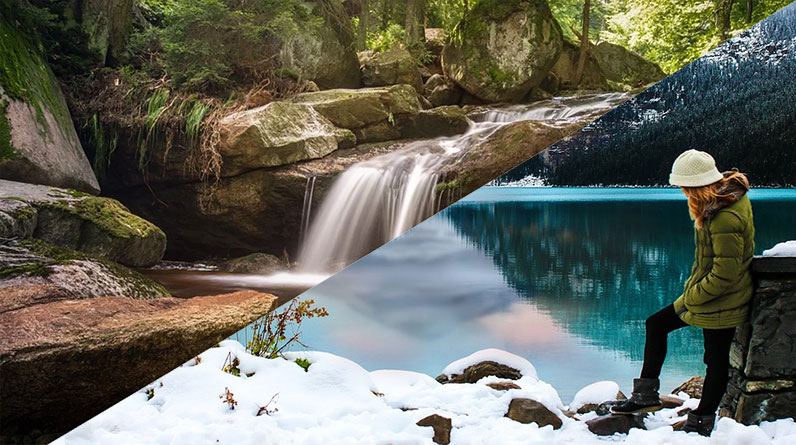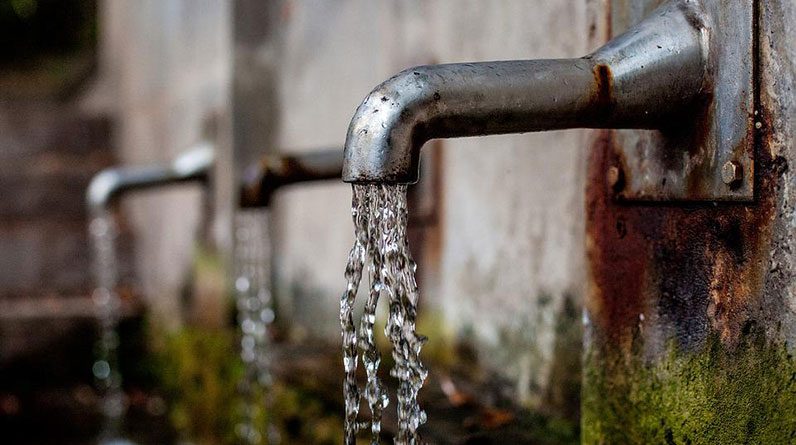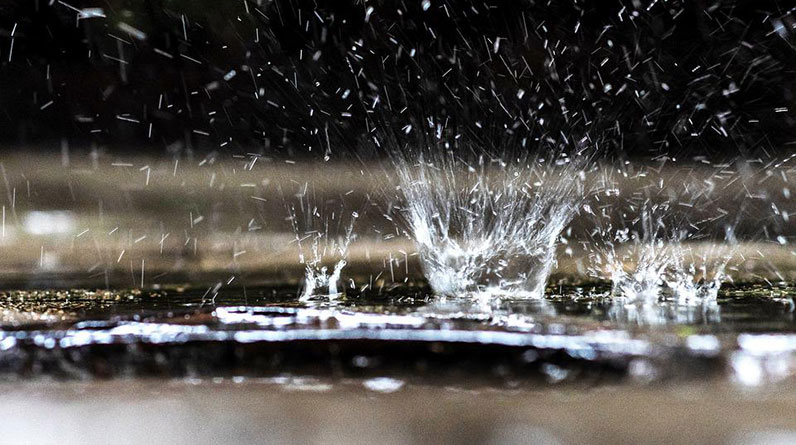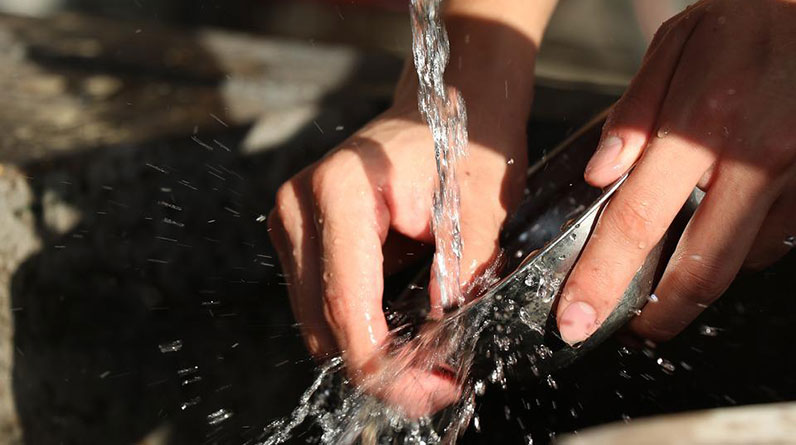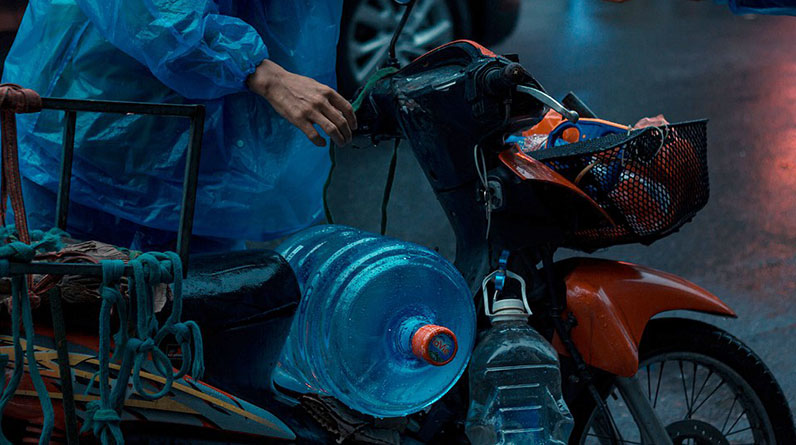
Preventing Water Theft in Emergencies
Water theft is a phenomenon that occurs during natural disasters. In these situations, people have an increased need for water. Therefore, they may take water from others’ wells or other sources.
In this article, you will learn how to prevent water theft in emergencies. These tips will help ensure your community has the safe and secure water supply you need in times of crisis. Keep reading to learn more.
Why Does Water Theft Occur in Emergencies?
Water theft occurs during emergencies when people have an increased need for water. In these situations, they may take water from others’ wells or other sources.
This is often called “water theft” or “water contamination”. These are terms for taking or contaminating the water in others’ wells or other sources. In some cases, this may be done with malicious intent. In others, people may simply be desperate for water and not know where else to get it.
Strategies to Help Prevent Water Theft
When planning for emergencies, you can help prevent water theft by following these tips:
- Educate your community about water theft and how to avoid it
- Install fencing around your water sources
- Install a camera and alarm system
- Add a physical barrier
- Test your water supply regularly
Why these tips are important, and when they should be implemented, is explained below.
Protecting Your Tank and Piping
Protecting your water tank and piping will help prevent water theft. You can do this by covering the tank and piping with a heavy tarp. This can help prevent people from seeing where the tank and piping are located.
It will also help protect the tank and piping from being damaged by weather. With a heavy tarp, people will have a hard time accessing your water supply. You can also add fencing to the tank. This will make it harder for people to access the tank.
Install a camera and alarm system
Installing a camera and alarm system will help prevent water theft by monitoring your water source. However, you need to be careful about where you place the camera and equipment.
Make sure to check your local laws before installing any equipment. You can also build a fence around your water source to prevent water theft. However, these two methods can be expensive. They may not be an option for everyone.
Add a physical barrier
Adding a physical barrier to your water source will help prevent water theft. You can build a wall or fence around the water source. You can also install other barriers, like large rocks or logs.
These barriers will prevent people from accessing your water source. You can also add signs to your water source with information about the water’s quality and source. This will help discourage people from accessing your water.
You can use signs, like “private water” or “do not drink” signs, to warn people away. You can also post signs with your name and address. This will let people know you own the source. It will help prevent others from taking the water.
Test your water supply regularly
Testing your water supply regularly will help you catch water theft quickly. This will also let you know if the water has been contaminated if you have a need for more water.
You should test your water supply after an emergency, like a hurricane or flood. This will help you know if the water has been contaminated.
Conclusion
Water theft is a phenomenon that occurs during natural disasters. In these situations, people have an increased need for water. Protecting your supply of water is vital, although many solutions can be costly. The best plan of action is to think through the possible ‘theft’ scenarios and plan your personal water storage accordingly before an event occurs.

